Complications of type 1 diabetes develop gradually. If blood sugar levels aren’t well-controlled over a prolonged period, diabetes complications can eventually be disabling or even life-threatening.
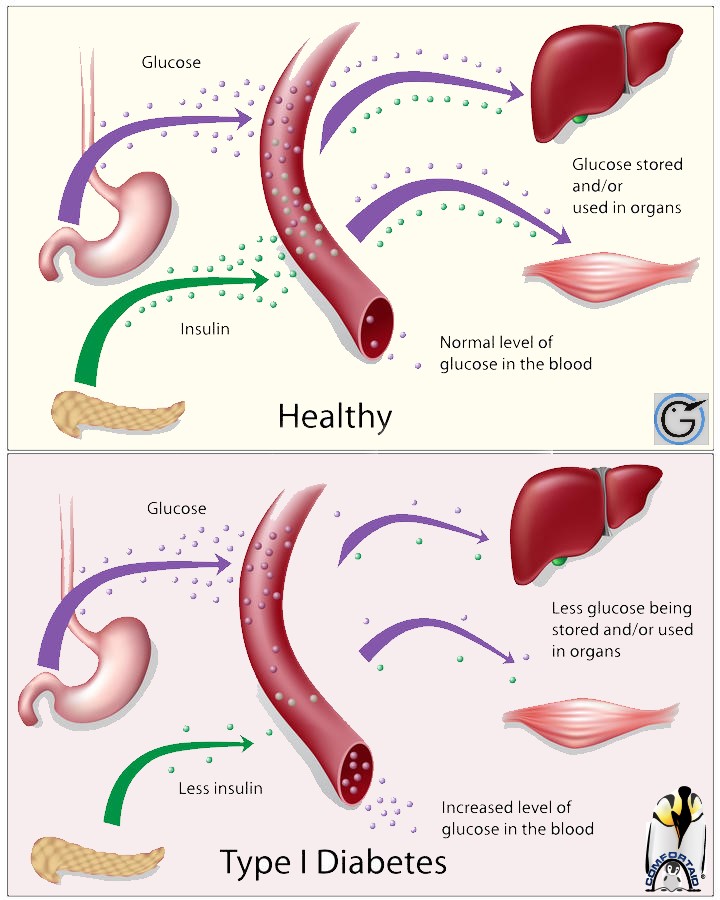
Over many years, the chronic high blood sugar associated with diabetes may cause damage to blood vessels and nerves, leading to complications affecting many organs and tissues. The retina, which is the light-sensitive tissue at the back of the eye, can be damaged (diabetic retinopathy), leading to vision loss and eventual blindness. Kidney damage (diabetic nephropathy) may also occur and can lead to kidney failure and end-stage renal disease (ESRD).
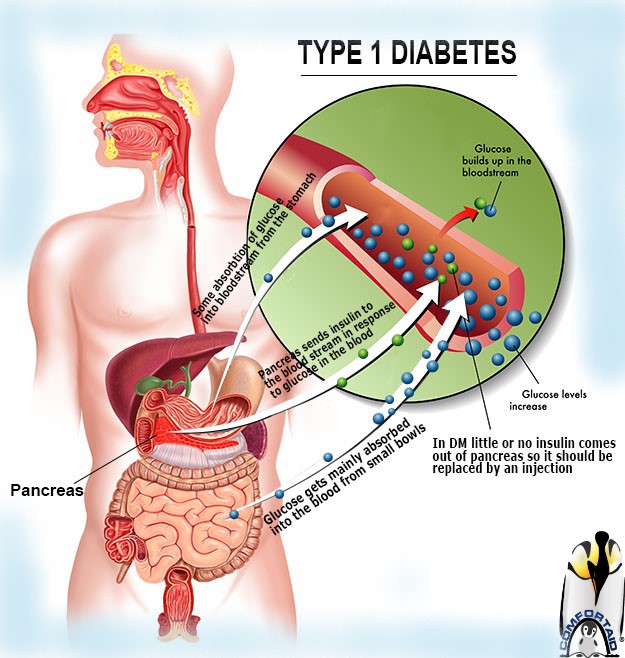
Pain, tingling, and loss of normal sensation (diabetic neuropathy) often occur, especially in the feet. Impaired circulation and absence of the normal sensations that prompt reaction to injury can result in permanent damage to the feet; in severe cases, the damage can lead to amputation.
People with type 1 diabetes are also at increased risk of heart attacks, strokes, and problems with urinary and reproductive function.
Type 1 Diabetes complications can include:
- Heart and blood vessel disease. Diabetes dramatically increases a child’s risk of developing conditions such as coronary artery disease with chest pain (angina), heart attack, stroke, narrowing of the arteries (atherosclerosis) and high blood pressure later in life.
- Nerve damage. Excess sugar can injure the walls of the tiny blood vessels that nourish a child’s nerves, especially in the legs. This can cause tingling, numbness, burning or pain. Nerve damage usually happens gradually over a long period of time.
- Kidney damage. Diabetes can damage the numerous tiny blood vessel clusters that filter waste from a child’s blood. Severe damage can lead to kidney failure or irreversible end-stage kidney disease, requiring dialysis or a kidney transplant.
- Eye damage. Diabetes can damage the blood vessels of the retina, which may lead to poor vision and even possibly causing blindness. Diabetes can also lead to cataracts and a greater risk of glaucoma.
- Skin conditions. Diabetes may leave a child more prone to skin problems, including bacterial infections, fungal infections and itching.
- Osteoporosis. Diabetes may lead to lower than normal bone mineral density, increasing a child’s risk of osteoporosis as an adult.
The good news about managing diabetic complications is that it’s all up to YOU. So take back the control. Keeping your blood glucose in check, daily care, early identification and early intervention to prevent further deterioration are the key to minimising serious long term complications caused by Type 1 diabetes!
Managing juvenile diabetes is a difficult task. As a parent, Parent(s)need as much help as Parent(s)can get. Education is also very helpful in managing this condition. To find more information about juvenile diabetes, how to cope, and how to get involved with other parents, consult the following links.
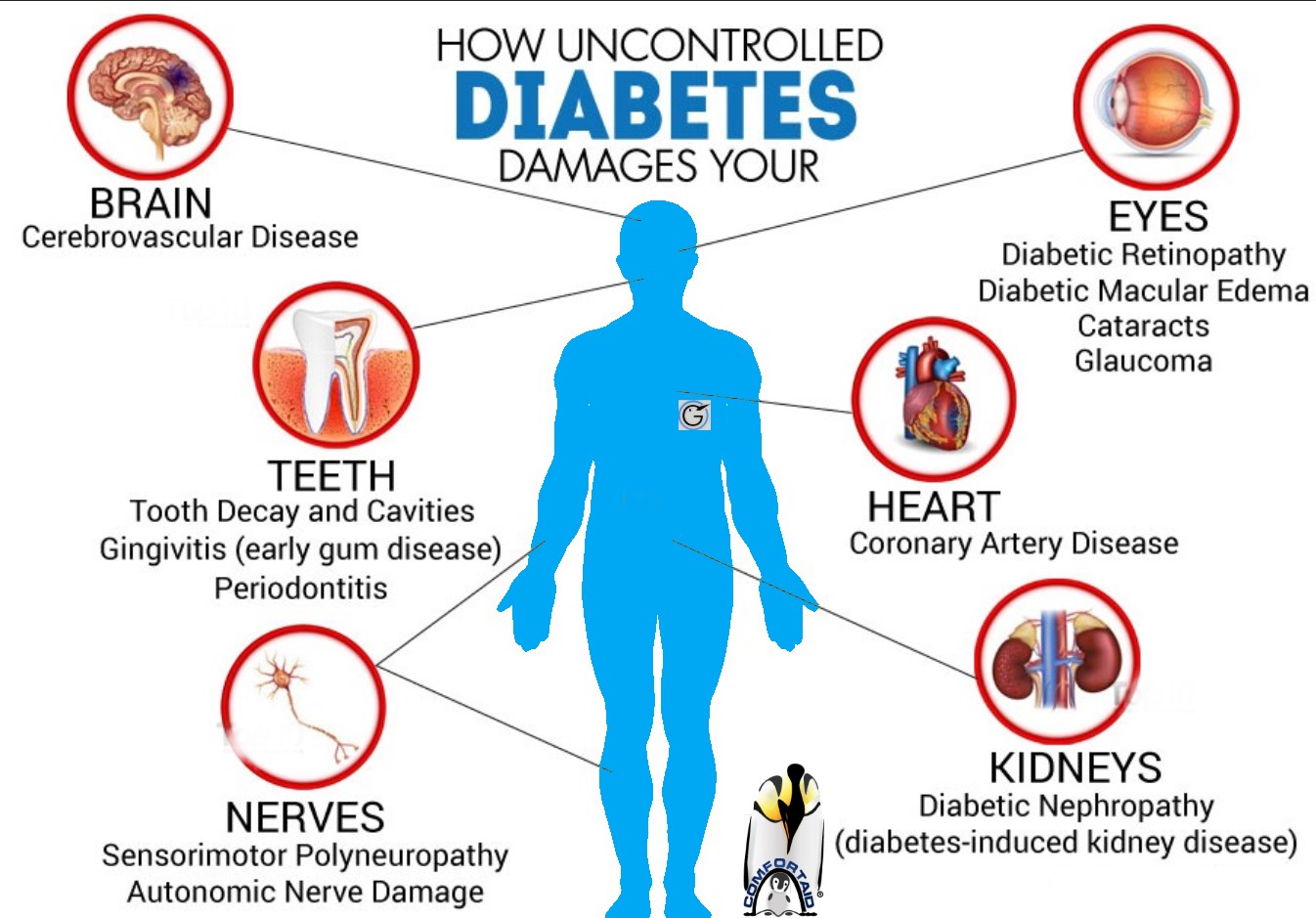
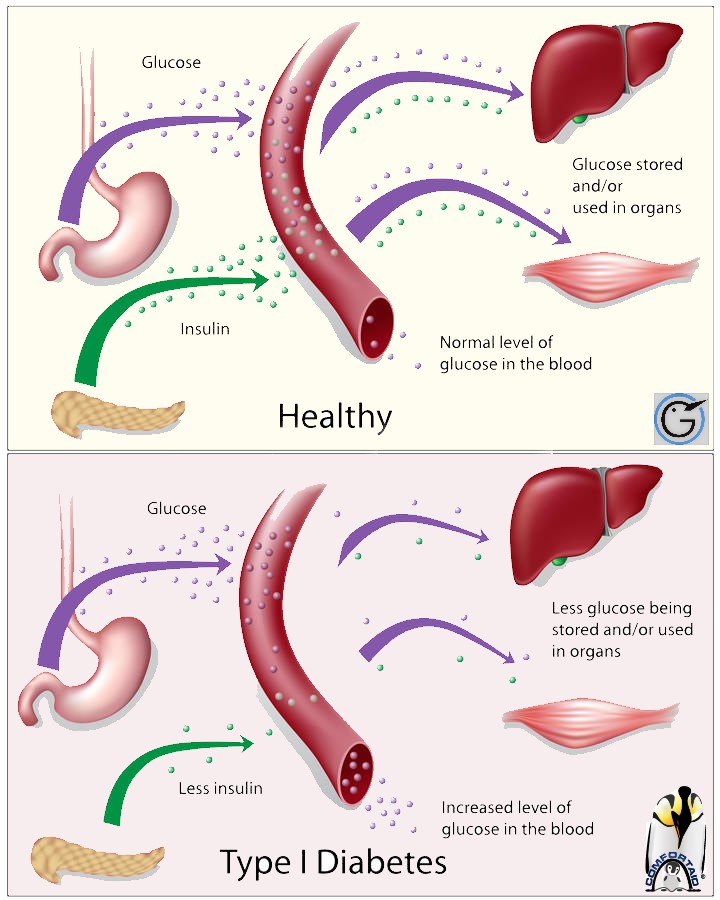
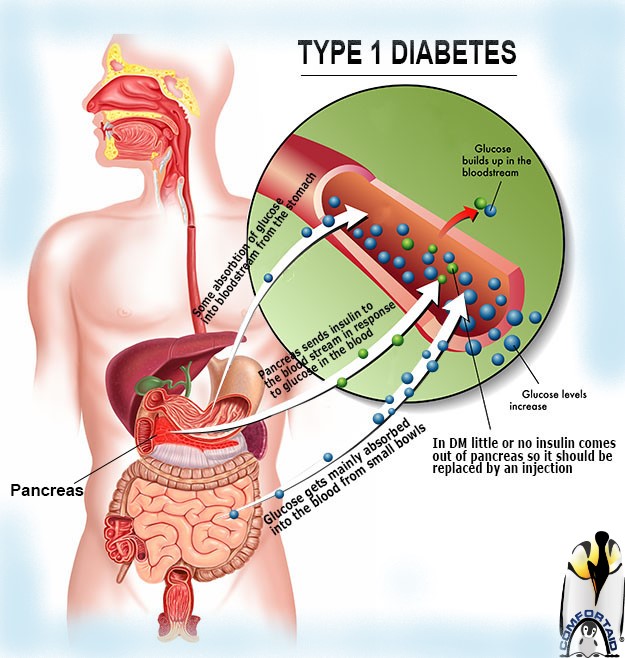

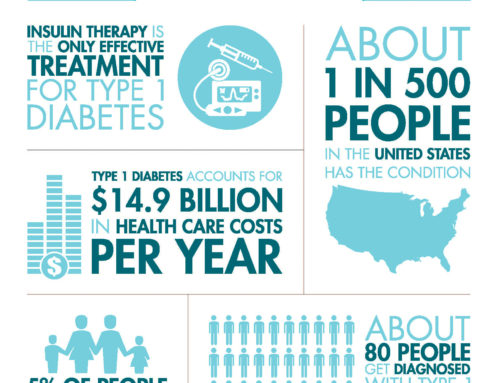

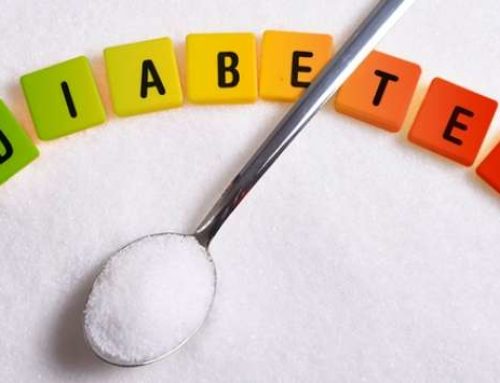
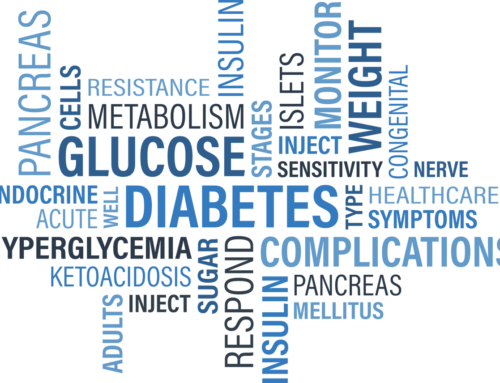

Leave A Comment